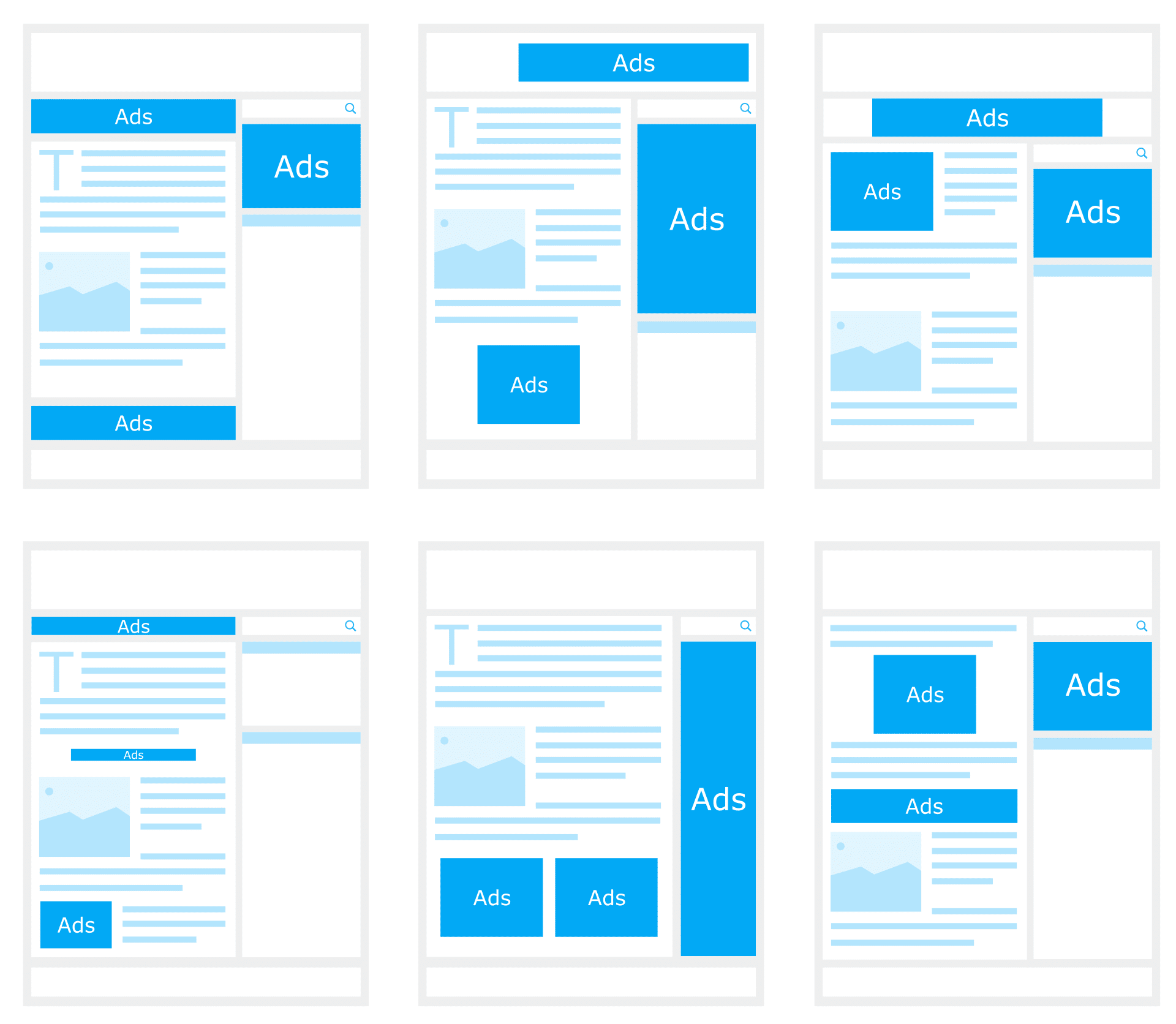Google Ads vs. Bing Ads: Key Differences You Need to Know for Effective Advertising
Introduction:
When it comes to advertising your business online, two of the most popular platforms to consider are Google Ads and Bing Ads. Both offer businesses the opportunity to reach a large audience and drive traffic to their website. However, there are some key differences between the two that businesses should consider before deciding which platform to use. In this article, we’ll take a closer look at the differences between Google Ads and Bing Ads, and help you determine which platform might be the best fit for your business.
What are Google Ads and Bing Ads?
Google Ads (formerly known as Google AdWords) and Bing Ads (formerly known as Microsoft adCenter) are both pay-per-click (PPC) advertising platforms. PPC advertising is a model of digital marketing in which advertisers pay a fee each time one of their ads is clicked. These ads are displayed on search engine results pages (SERPs) and other websites that participate in the respective advertising programs.
Google Ads is the largest PPC advertising platform in the world, with over 90% of global market share. It allows businesses to create ads that appear on Google’s search engine results pages and other websites that participate in the Google Display Network.
Bing Ads, on the other hand, is a PPC advertising platform operated by Microsoft. It allows businesses to create ads that appear on Bing’s search engine results pages and other websites that participate in the Microsoft Audience Network.
Key Differences between Google Ads and Bing Ads:
- Audience and Reach
The first key difference between Google Ads and Bing Ads is their audience and reach. Google Ads has a much larger audience than Bing Ads. As mentioned earlier, Google Ads has over 90% of global market share, which means that businesses have access to a much larger audience when using this platform.
Bing Ads, on the other hand, has a much smaller audience. While Bing is the second largest search engine in the world, it only has around 6% of global market share. This means that businesses using Bing Ads have access to a smaller audience.
However, it’s worth noting that Bing Ads may be a better fit for certain types of businesses. For example, if your target audience is older, Bing Ads may be a better option. This is because Bing’s audience tends to be older than Google’s, with the majority of its users being over the age of 35.
- Cost
Another key difference between Google Ads and Bing Ads is cost. In general, Google Ads tends to be more expensive than Bing Ads. This is because there is more competition on Google Ads, which drives up the cost per click (CPC).
However, it’s important to note that the cost of advertising on both platforms can vary depending on a variety of factors, including the industry you’re in, the keywords you’re targeting, and the quality of your ads.
- Ad Formats
Google Ads and Bing Ads also differ in their ad formats. While both platforms offer text ads, Google Ads also offers a variety of other ad formats, including image ads, video ads, and shopping ads.
Bing Ads, on the other hand, has a more limited selection of ad formats. In addition to text ads, Bing Ads also offers image ads and product ads, but it does not offer video ads.
- Ad Targeting
Finally, Google Ads and Bing Ads differ in their ad targeting options. While both platforms offer basic targeting options like geographic targeting and device targeting, Google Ads has more advanced targeting options.
For example, Google Ads allows businesses to target specific audiences based on their interests, demographics, and even their behavior on your website. This level of targeting can help businesses reach a more specific audience and improve the effectiveness of their ads.
Conclusion:
In summary, while both Google Ads and Bing Ads offer businesses the opportunity to reach a large audience and drive

